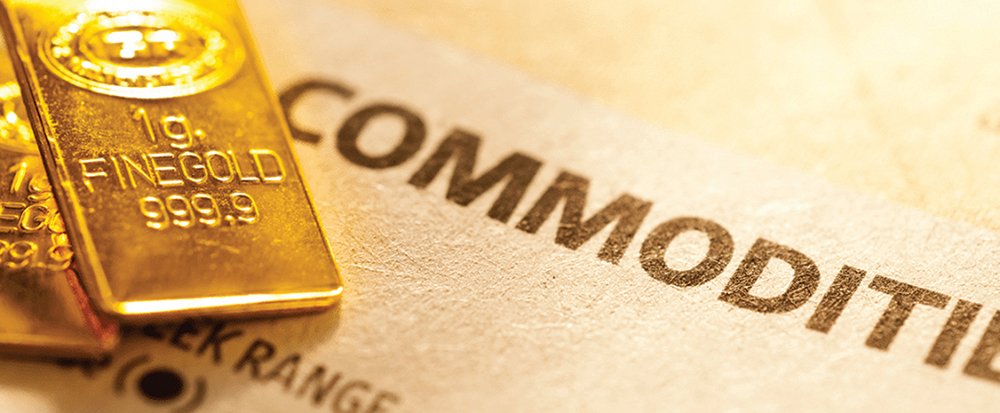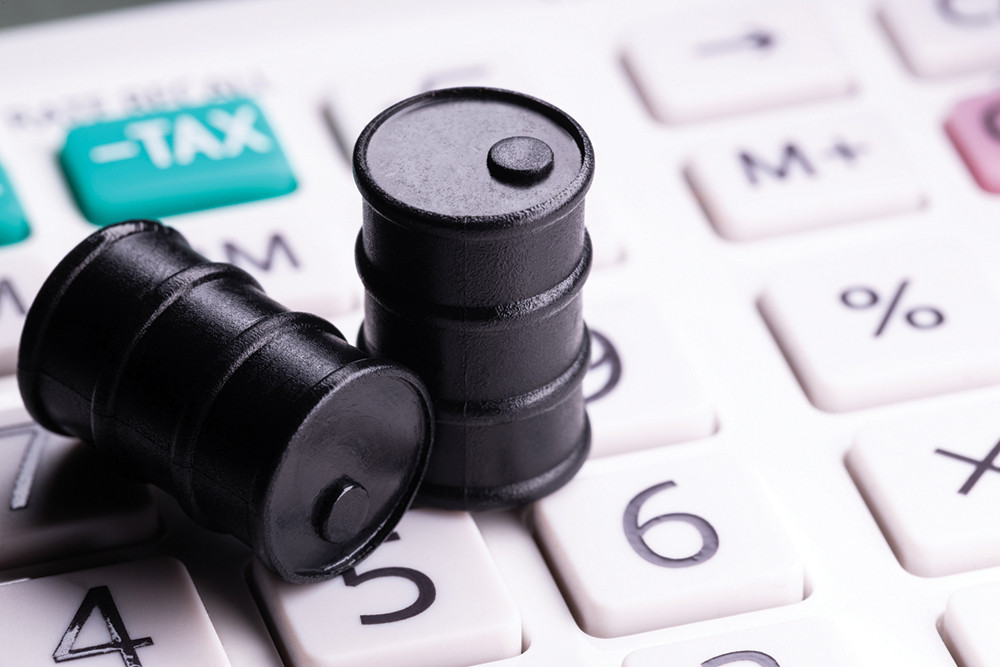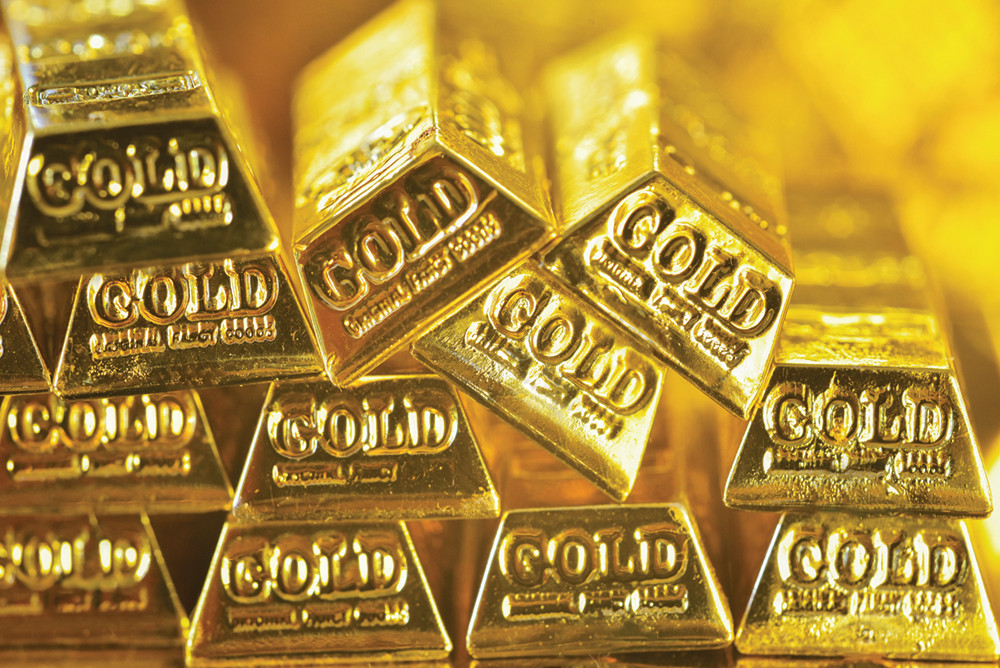
Observing the monthly chart of the bullion, gold prices have declined in a manner reminiscent of a ship sinking to the floor of the ocean. The prices had skyrocketed in the first quarter reaching a high of $2070.16 per troy ounce but thereafter slumped significantly to its lowest of $1680.64 per troy ounce on July 21. In the first quarter of 2022, the Russian invasion of Ukraine along with other vital factors had attributed to the rise of gold. However, the second quarter has marked a significant shift of sentiment of the traders towards gold leading to a change in its fortunes.
Gold Jewellery Below Pre-Pandemic Levels
The demand for gold jewellery in the second quarter was slightly stronger than in the second quarter of 2021 but remained soft in comparison to the pre-pandemic levels. Analysts opine that while consumption has recovered from the worst phase witnessed during the pandemic-induced phase, it has yet to regain the numbers that defined the few years before the pandemic. A host of factors were at play in the second quarter including the lockdown in China and surging inflation globally. However, strong support was factored in from the robust wedding and festival season in India.Investment Unchanged
The demand for investment in gold declined during the second quarter. As per World Gold Council, the total investment was down 28% on a year-to-year basis. Concerns surrounding inflation supported the investment inflows into gold, but monetary tightening coupled with the appreciating greenback were major factors behind the outflow. The pressures inclined at the end of the second quarter as the US central bank, the Federal Reserve, adopted a more aggressive tightening pace as fears grew over potential recession alongside a collapse in the prices of commodities. Continued recovery in the Indian bar and coin demand, and a strong year-on-year comparison for Turkey opposed the significant weakness in the retail investment in China driven by the Covid-led lockdowns.Sustained Central Bank Buying
In the second quarter, central banks added 180 tonnes of gold to their global reserves which was 14% less than the numbers attained in the second quarter of 2021. According to the World Gold Council, Turkey was hailed as the largest buyer during the first half of 2022 adding 63 tonnes to its gold reserves, and accounting for 32% of the total reserves. Egypt was the second largest reporting a 44-tonne increase holding 125 tonnes of gold or 21% of the total reserves. The central bank of Iraq had announced that it had added 34 tonnes in June lifting the numbers to just over 130 tonnes. In the second quarter, India also continued its purchase with the reserves rising by 15 tonnes over this period. It should be duly noted that the performance of gold during a crisis, its long-term store of value, and hedging elements during inflation are key factors for central banks decisions to buy the yellow metal.Fall in Industrial Applications
The use of gold in electronics sector fell slightly during the second quarter by 3% in comparison to 2021. The disruptions in the automobile sector were notable due to continued chip shortages. Manufacturers had reported increased demand for new vehicles during the period but this was tempered by the rising prices and delayed deliveries. For example, GM was forced to push back the delivery of 95,000 vehicles in part due to the lack of chips.Increased Supply
In the first half of 2022, total supply increased by 5% as compared to 2021, reaching 2,357 tonnes due to higher mine production and recycled supply. As volumes in China recovered following safety stoppages and higher grades were mined, mine production increased by 3% in the first six months of 2022. The recycled volumes of gold inclined by 5% in the second quarter of 2022 lifting the overall first half recycling numbers to their highest level since 2016.Closing Thoughts
While the first half of the year presented a mixed bag for gold, the second half is forecasted to be positive. In the investment bracket, market pundits have predicted potential for significant improvement. An opportunity for safe-haven demand is set to continue with consumer prices remaining high impacting asset-allocation decisions. With increase in demand from Indian consumers and the central bank coupled with upside potential for supply, markets are all geared up to witness another enthralling finish to the end of the year. READ ALSO:
Published Date: August 31, 2022, 12:00 am
Post Comment
E-Magazine
RELATED Commodity Perspective





